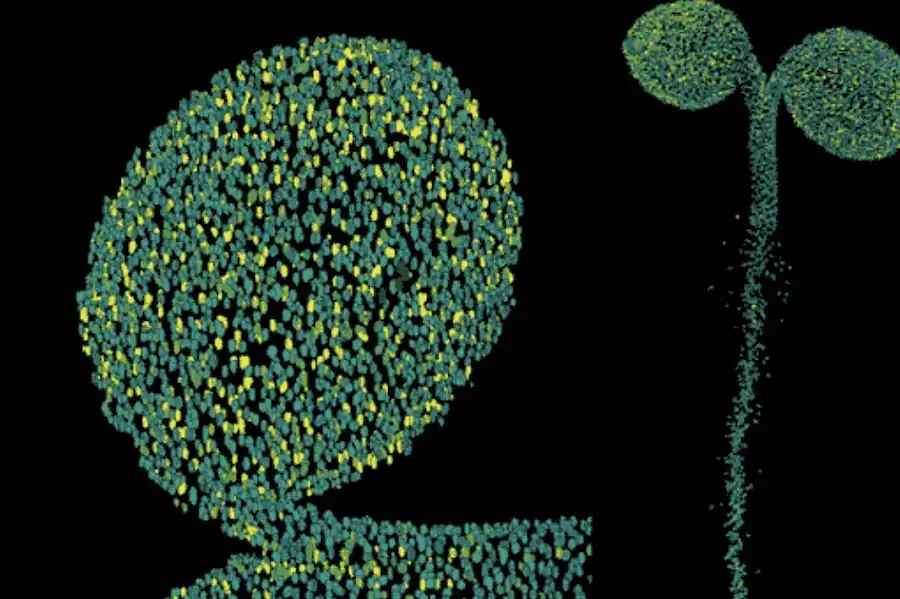
Scientists have discovered a new molecular signalling pathway, triggered when leaves are exposed to low humidity, that ensures plant roots keep growing towards water.

Scientists have discovered a new molecular signalling pathway, triggered when leaves are exposed to low humidity, that ensures plant roots keep growing towards water.

Most plants worldwide live in symbiosis with fungi. Often there is an exchange of nutrients from which both partners benefit. In numerous other cases, however, the plants feed unilaterally at the expense of the fungi. International research groups have presented a method that makes it possible for the first time to apply isotope analyses to all forms of symbiosis between plants and fungi without restrictions. In principle, it will be possible in the future to determine for each plant which and how many nutrients it obtains from fungal partners.

A novel approach to synthetic biology could revolutionize how scientists improve plants for bioenergy and agriculture.
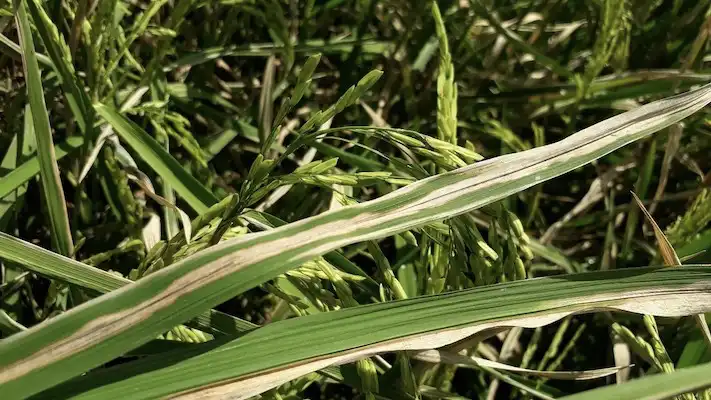
An international research consortium is developing disease-resistant rice varieties. In the scientific journal eLife, the authors now report on the discovery of a recent bacterial outbreak in Tanzania – and describe how they modified an African rice variety to make it resistant to the pathogen.

In a new study researchers have developed new approaches to compare and investigate the ability of plants in the genus Amorphophallus to produce their own heat, exploring the highly varied temperature patterns and their evolutionary significance.
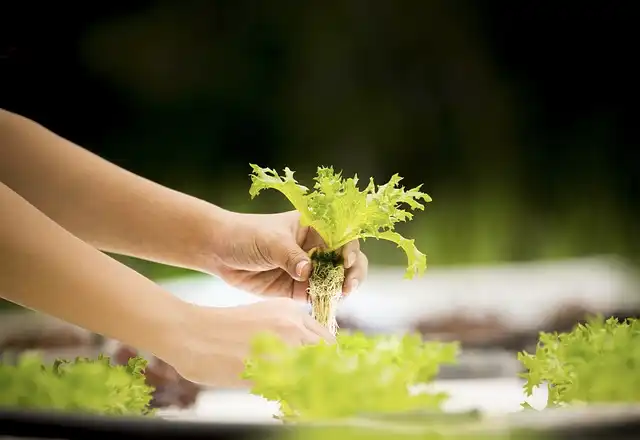
Scientists have trained AI to unlock data from millions of plant specimens kept in herbaria around the world, to study and combat the impacts of climate change on flora.
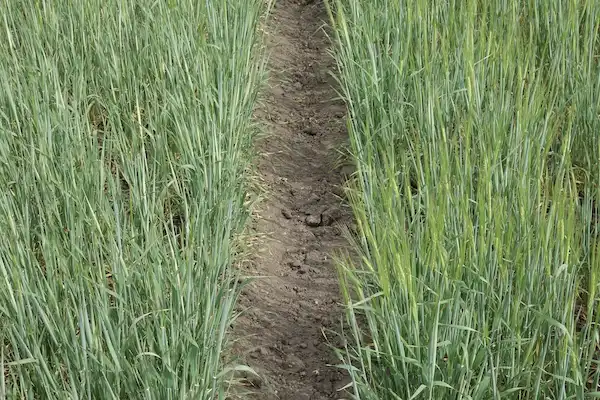
A tiny mutation in the genetic material of barley ensures that those plants develop faster and thus flower earlier than established barley varieties. At the same time, plant yields remain the same. According to the researchers, this is advantageous as the plants could potentially adapt better to the effects of climate change and continue to produce stable harvests.
Adding silicon to soil could help protect canola from clubroot. Treatment may also help crops weather drought and extreme heat, researchers find.
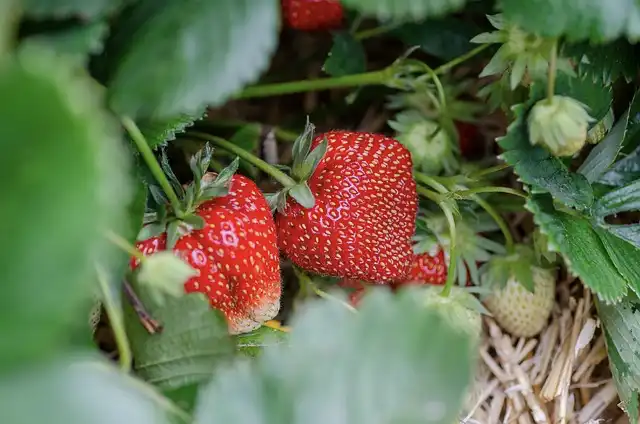
Hybrids — common in agriculture as well as in nature — have chromosomes from two or more parent species. In some cases, including strawberries, goldfish and several other species, these disparate parental chromosomes become doubled, a condition known as allopolyploidy. A recent article outlines a way to trace these genomes back to the polypoid hybrid’s parent species.
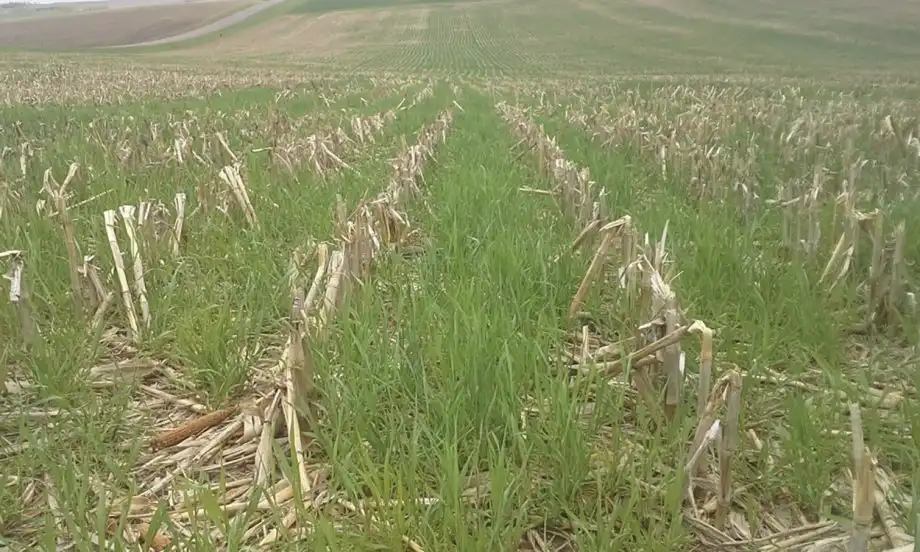
Worldwide, farmers are being challenged with a variety of issues, including growing populations, a changing climate and soil degradation, among many others. To combat these challenges, researchers are looking for solutions and have begun to focus their work on the viability of sustainable agriculture practices, like cover crops.